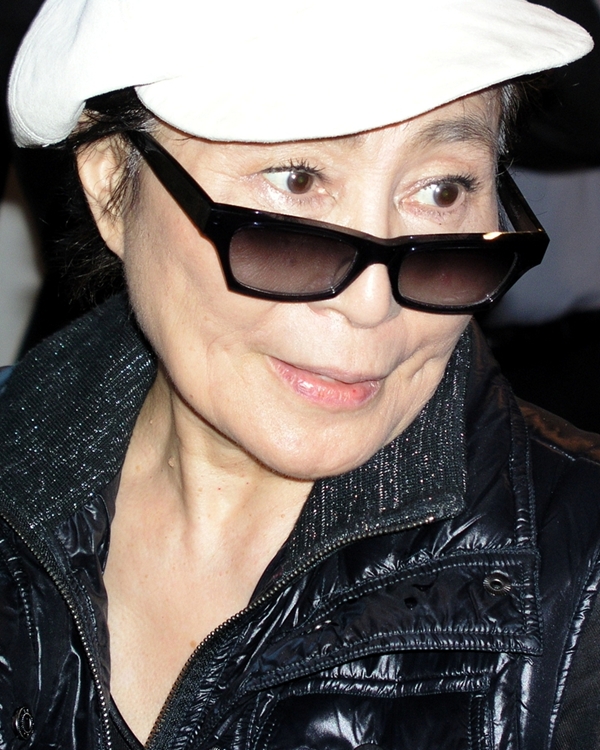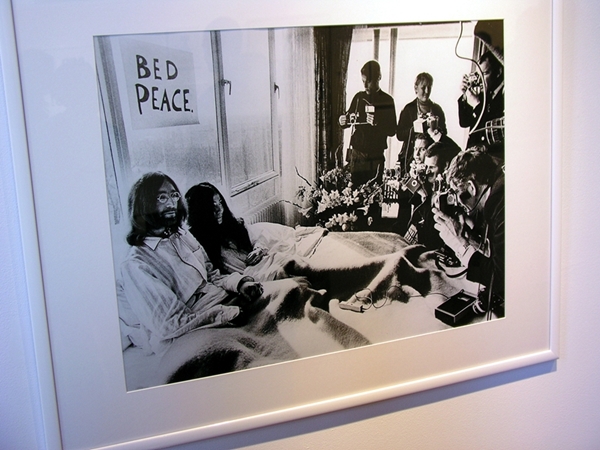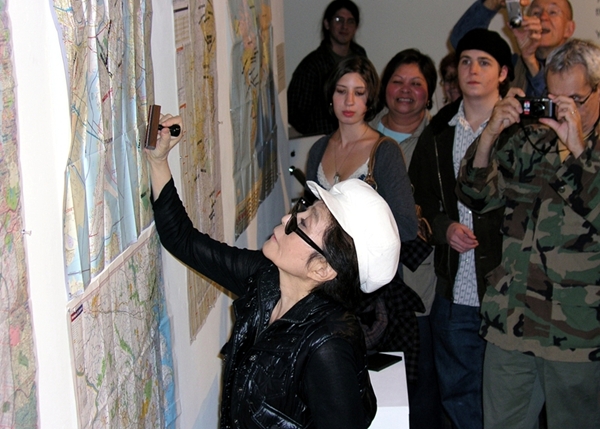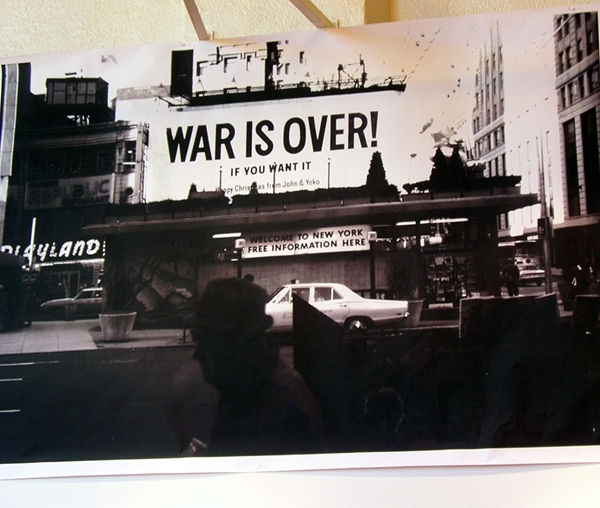I had lunch at a lovely Turkish restaurant on the Upper East Side the other day with Sheila Simpson. I always describe her to friends as “my friend who’s a concert pianist,” hoping they’ll be as impressed as I always have been. Sheila and I have known each other since 1973, and share that special bond that New Yorkers have when we’re non-natives but know this is the only place for us to be. Sheila started life in Belzoni, Mississippi, where her mother ran the local dance school, and she was a child prodigy, playing her first solo piano recital at 11 and performing as a soloist with three different orchestras by age 15. A graduate of the University of Alabama, she received her master’s degree in piano performance from the Manhattan School of Music, graduating with honors. It was sometime after that, during the period she worked as a rehearsal pianist with the Alvin Ailey Dance Company, that we got to know each other. She was at that time studying with Arminda Canteros, a much-loved Argentinian piano teacher whose playing made tangos a permanent part of my music appreciation. One of Arminda’s concerts at Alice Tully Hall in the ’70s was one of the highlights of my life, and I’ll always thank her for turning me on to 20th century Spanish and Latin American music. I love it when Sheila plays anything by Ginastera.
Over the years, Sheila has performed at Merkin Hall, in the Lincoln Center neighborhood, in 2001, and at Princeton Theological Seminary in 2004. Both recitals are available on CDs through Sheila’s website, SheilasPiano.com. She’s performed at the United Nations, and around the world. In the past few years I’ve also heard her perform two recitals in the gallery at Tenri Cultural Institute on West 13th Street, presented by the Leschetizky Association, which was founded in 1942 by pupils of Theodor Leschetizky (1910-1915) to perpetuate his memory. He was one of the founders of the St. Peterburg Conservatory of Music, one of his greatest pupils was Paderewski, and one of his famous sayings was “No art without life, no life without art.” Sheila belongs to the Association, and passes along her own knowledge of being a virtuoso to her many students. A musical life is a rich one, and one that keeps on giving, generation after generation.
It was to deliver a few prints I’d made of the picture below, which I snapped during the last round of applause at last May’s recital at Tenri, that took me to the Upper East Side the other day.
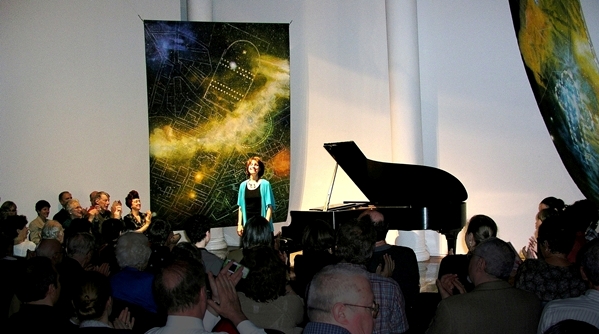
Sheila and I did studio portrait session last fall, in preparation for this year’s round of concerts. Here are some of the results.
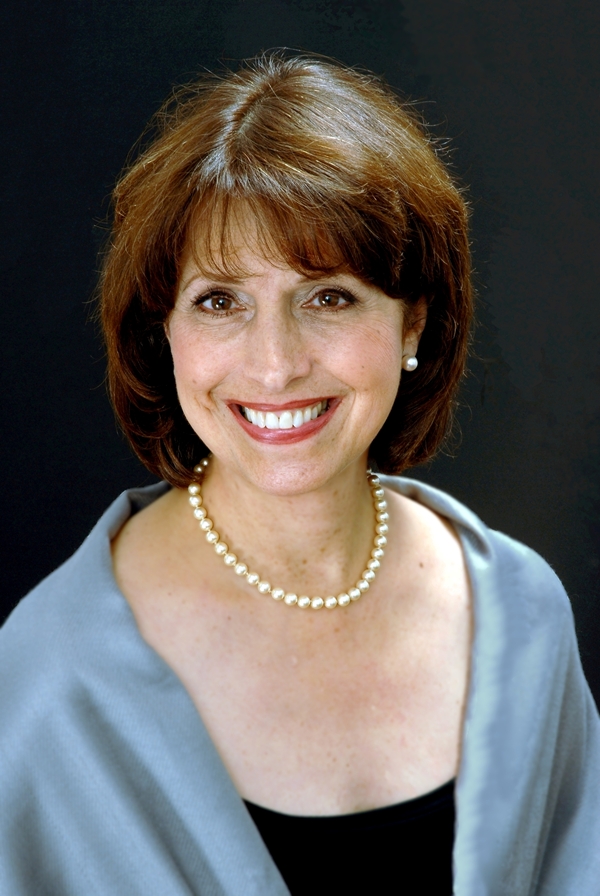
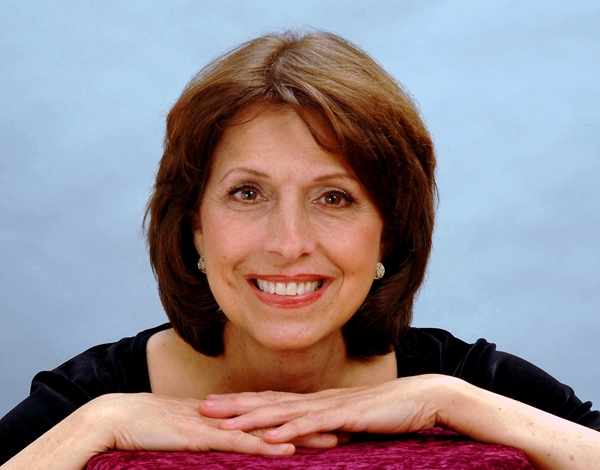
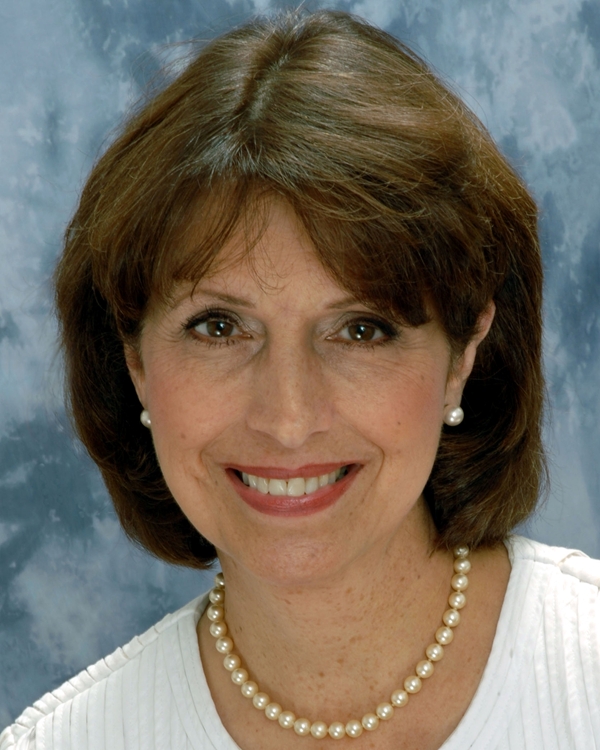
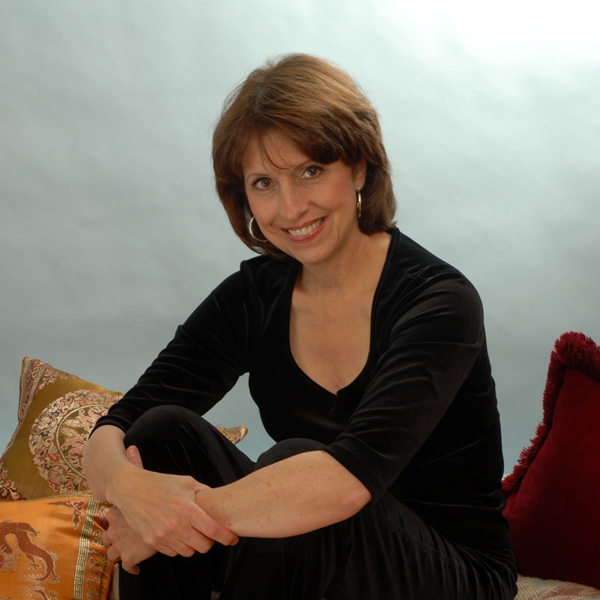
In October, Sheila played Saint-Saens’ 2nd Piano Concerto in a concert with the Pine Bluff (Arkansas) Symphony, and because most of her New York friends couldn’t attend, she invited us to either of two preparation runthroughs she scheduled in one of the rooms upstairs at Steinway Hall, on West 57th Street. A pianist friend of hers, Francisco Miranda, played a transcription of the orchestra’s part while Sheila played the piano solo she would perform a few days later. Three movements, each very different, going as she said in the introduction “from Bach to Offenbach” in style. Only one melody in the whole thing that I recognized, but enjoyable for this non-classical non-musician’s ear and interesting enough to hear again sometime.
Lighting in the room was difficult, with strong light reflected in from the street through a big window and the room otherwise lighted with harsh florescents in two colors beaming down from rows of old factory-like fixtures. But I got this shot of Sheila and Mr. Miranda after they entertained us.
I always feel very priviledged when I hear Sheila play because she really puts the music across, producing it with a directness and intimacy — and obvious dexterity and command, almost always playing even the most complicated pieces from memory — but with no “look at me” ego thing going on. Sheila simply shares her love of music and her gift for performing it, and every listener feels it and learns. One of the glorious pieces I’ve heard her play several times is an arrangement for solo piano of Elgar’s “Nimrod” from the Enigma Variations that her husband Tom adapted for her as a gift. I can’t imagine what it must be like to be one of Shelia’s piano pupils trying to learn to play and reflect her high standards. But of course not everything is as easy as taking a good picture of an attractive woman.
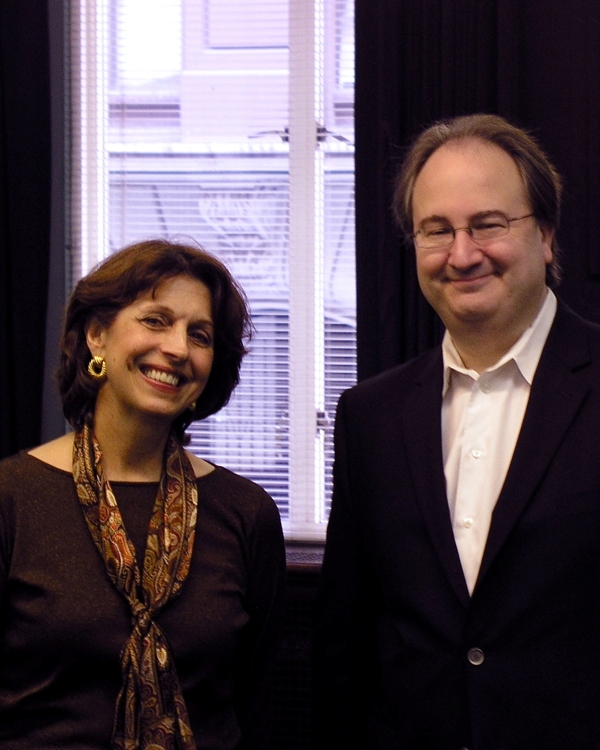
I don’t know that I’ve ever read much rock music criticism. I guess it’s like all writing about art — it helps readers find what they may not have known they wanted to listen to, helps win recognition for new artists, creates buzz – but once you know who moves you reading words and analysis can seem very beside the point.
Case in point: Leon Russell. I just ran across a quote on the Internet from Robert Christgau’s Record Guide (1981) review of the singer’s 1970 debut album as a single artist (backed by pals Harrison and Starr, Wyman and Watts, Clapton) that says that while his singing is “distinctive, and valid, it grates,” and that the album’s impressive songs would be more so if someone else were doing the vocals. Calling the album “weirder than you would expect,” Christgau gave it a B+. Well, thanks for listening, I guess.
Myself, the moment I heard Leon Russell would be headlining Hoboken’s Art and Music Festival this past Sunday afternoon, appearing at 4:30, I knew where I’d be, rain or shine. The first few hours of the festival did feature rain, and after it stopped the sky stayed gray and heavy, which cut attendance and seemed to keep smiles at a minimum, but the open tent at the foot of Washington Street wasn’t big enough to hold the appreciative crowd that loved what it was hearing.
Leon at 67 has lost a lot of the bounce he had 40 years ago; time does that. He sat fairly motionless in his Hawaiian shirt and white cowboy hat, and behind big shades. But his hands were moving up and down the keyboard and his mouth was at the mic, and the four much younger men he had with him, each a fine musician in solos, provided the visual oomph, the guitars and drums and backup vocals. The voice the noted critic took exception to so many years ago is still strong. Russell still owns every one of his hits. “Rollin’ in My Sweet Baby’s Arms,” “Georgia On My Mind,” “Delta Lady,” “Wild Horses.” And lots more, all rendered with maturity and majesty and fun.
I realized I hadn’t heard what’s categorized as Southern rock in so long I’d almost forgotten its power. In fact I was primarily there because I needed to hear him sing “A Song for You,” and until I heard it and a lot of mist got in my eyes I had indeed “forgotten” why. A friend who’s now gone home to Australia used to sing it in piano bars every time she was asked, and she was usually singing it to one of my best friends, her partner, now gone. I love the both of them “where there’s no space and time.” And on stage, Leon Russell was alone now and he was singing that song for us.
Then the younger guys came back and they all did “Roll Over, Beethoven” and “Good Golly Miss Molly,” and some other hits other people had way back when. Which was only natural, since according to one biography on the Internet Leon Russell was about 15 when he was lying about his age so he could tour in support of Jerry Lee Lewis. He’s come a long way from Lawton, Oklahoma, where he was born and started studying classical piano at age 3. A success in the music biz long before he became a star, he was the arranger of Ike and Tina Turner’s “River Deep, Mountain High” as well as a member of Phil Spector’s studio group and a collaborator with the Rolling Stones. I know a lot of people are glad Hoboken was one of the stops along the way in a long life filled with music that rolls like a river.
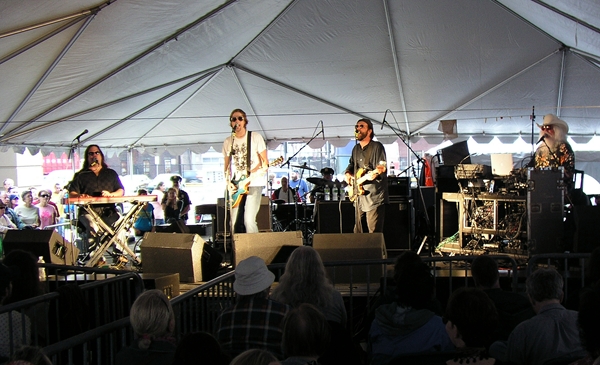
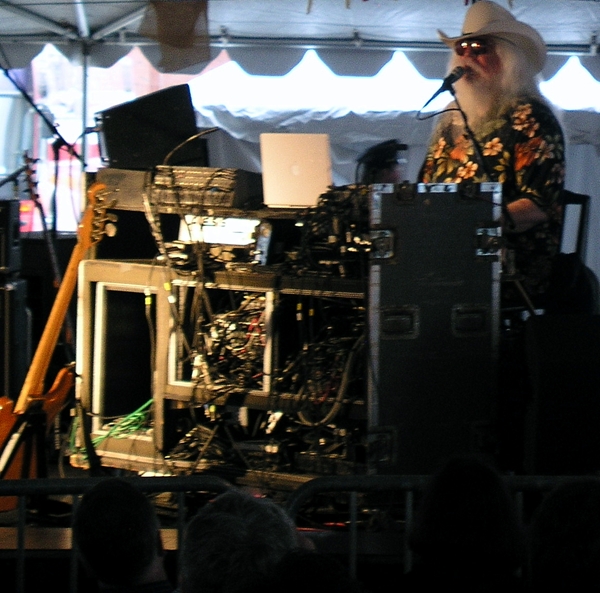
Kendra Shank is a fabulously gifted and inventive jazz singer. She works jazz originals and standards in unique ways, pushing them to abstraction yet never losing the thread. She’s led her own quartet for about 10 years, and was a West Coast singer based in Seattle before moving to New York in 1997. Born in California, at 19 she began her career playing guitar and singing folk and pop in the subways and sidewalk cafes of Paris. A Billie Holiday recording eventually prompted her to pursue a jazz career. Shirley Horn brought her to New York to perform as her guest at the Village Vanguard and co-produced her first album in 1994. Kendra Shank played guitar on Abbey Lincoln’s “Over the Years” CD as well as issuing her own “A Free Spirit: Abbey Lincoln Songbook” in 2007. With four albums of her own receiving critical acclaim over the years, she produced her fifth — “Mosaic” — in April 2009 and toured to promote it, drawing great reviews everywhere.
I’ve been a fan since Halloween 2008, when she and her group played a gig at 55 Bar, on Christopher Street near Seventh Avenue in Greenwich Village. Small and intimate, downstairs, unpretentious, no food, no cover charge — just my style. I wish a young couple at the bar hadn’t chattered continuously, and the lighting wasn’t particularly camera-friendly. But the singer and her longtime associates — Frank Kimbrough on piano, Dean Johnson on bass, Tony Moreno on drums, plus the young saxophonist who joined them for some songs — had me enchanted and impressed. I’ve since learned that not only has Kendra Shank played every important jazz venue, she’s taught clinics at music schools and at the New School. The quartet plays at the 55 Bar now and then. She must like it. Both brilliant and down to earth, Kendra Shank is the real deal.
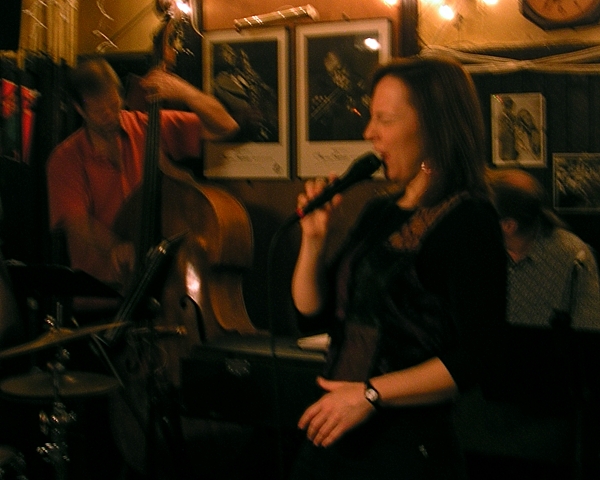
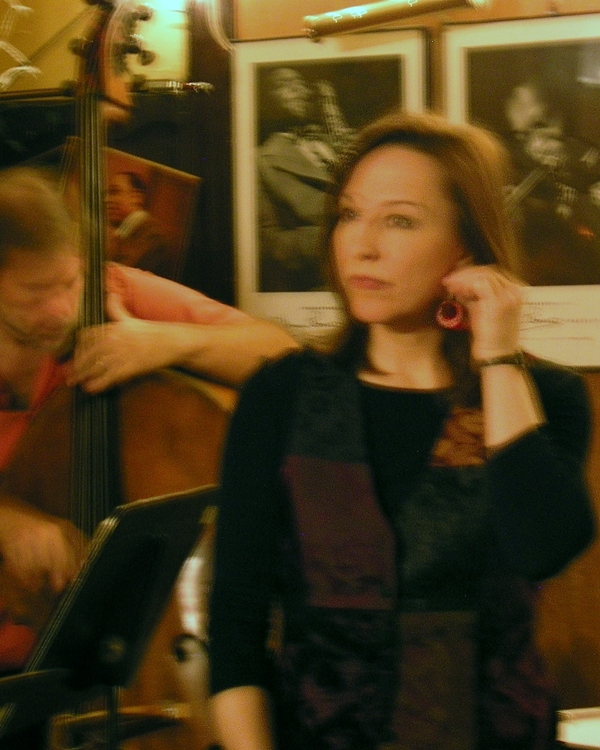
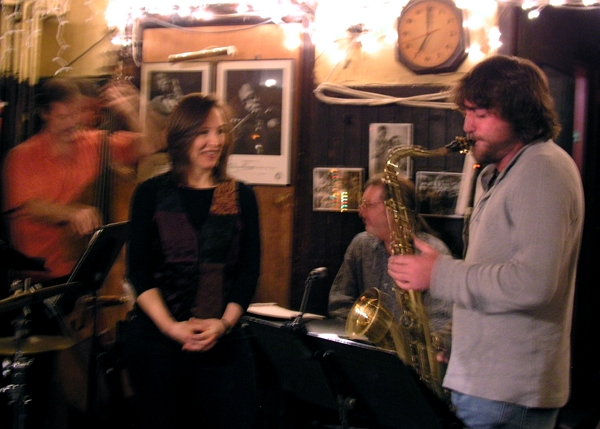
There’s the dolled up one, presented here http://www.newsweek.com/id/214124 by Newsweek in late August. Then there’s the face I saw when she came to New Jersey City University one Sunday afternoon last fall to open her Imagine Peace show in a couple of the school’s galleries. She drew every celeb-watcher in Jersey, and their cameras. The show itself was beautifully presented, full of photos of Yoko and John playing in the spotlight of the world’s attention 40 years ago and asking for peace in much the same way artists of all kinds could and should be doing right now. Viewers were invited in one gallery to take an “Imagine Peace” stamp, get some ink on it, and stamp the words on any of several maps. I put “Imagine Peace” on Australia, where I’ve got a friend who went home recently after 40-plus years in America. As one might expect with her years of experience, Yoko is expert at moving through a crowd, even as the shortest person in the room. At 75 or so, she’s forever young.
